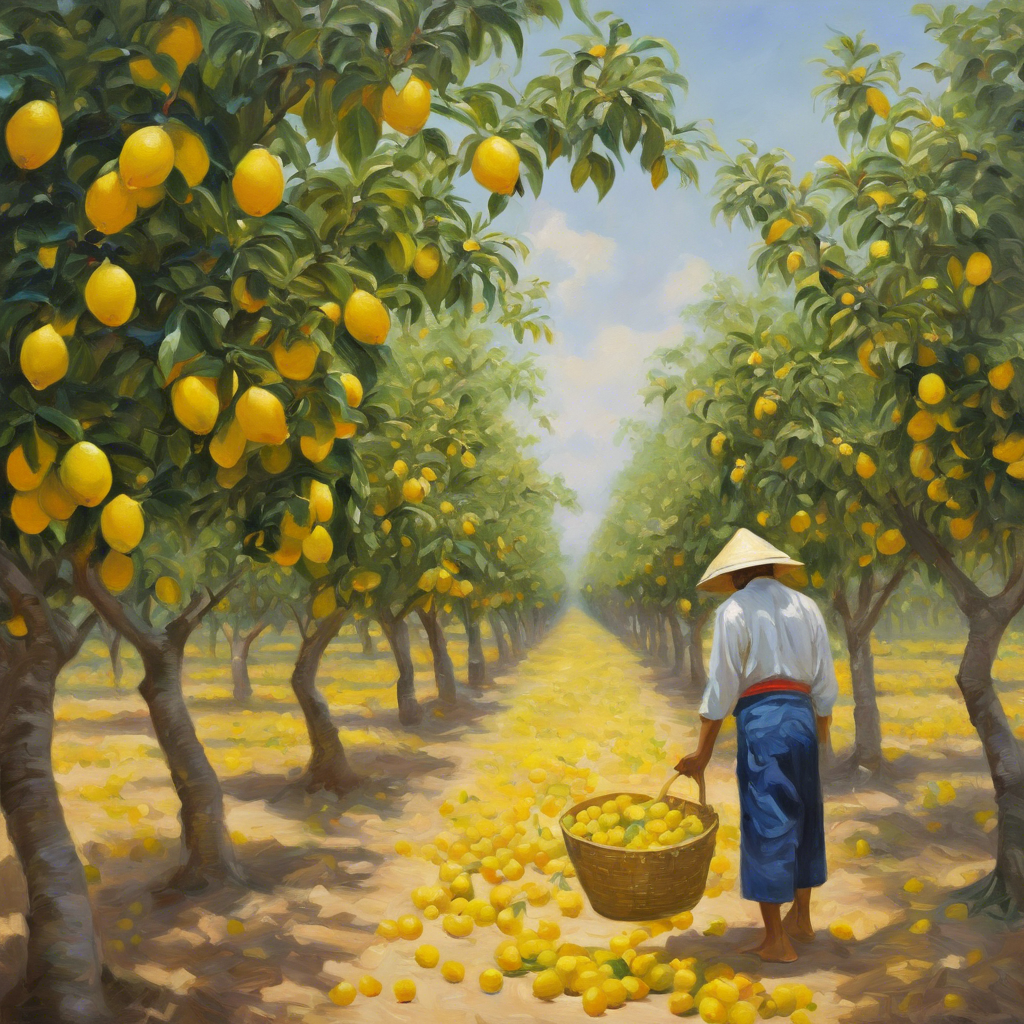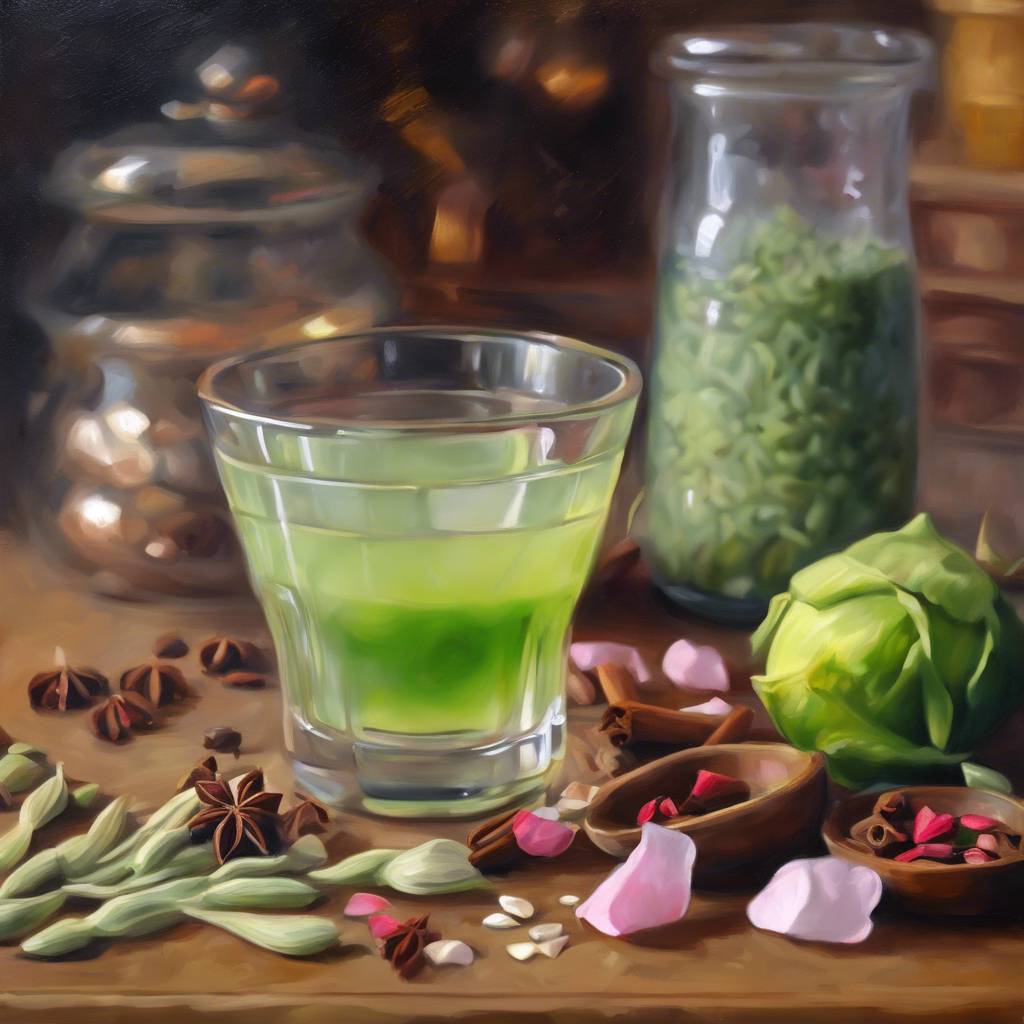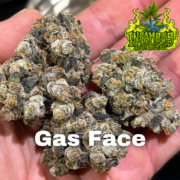Bhang is a traditional Indian beverage that has been an integral part of the country’s cultural and spiritual practices for centuries. Often associated with festivals like Holi and Mahashivratri, bhang holds a unique place in Indian history and cuisine.
A Brief History of Bhang
Originating in the Indian subcontinent, bhang is made from the leaves and flowers of the female cannabis plant. Its use dates back to ancient times, with mentions in sacred texts like the Atharva Veda, where it’s referred to as one of the five sacred plants. Bhang has been used in religious rituals, traditional medicine, and as a recreational drink.
Cultural Significance
Festivals and Celebrations
During Holi, the festival of colors, bhang is consumed to enhance the celebratory spirit. It’s believed to break down social barriers, bringing people together in joy and harmony. Similarly, on Mahashivratri, devotees consume bhang to honor Lord Shiva, who is often associated with the substance in mythological tales.
Religious Practices
In many parts of India, bhang is considered a gift from the gods. It’s used in various religious ceremonies and is believed to have spiritual benefits, helping practitioners achieve a state of transcendence.
The Making of Bhang
While there are numerous regional variations, bhang is generally prepared by grinding cannabis leaves and flowers into a paste, which is then mixed with a base liquid like milk or yogurt. Spices and flavorings such as cardamom, fennel seeds, rose water, and almonds are added to enhance the taste.
Popular Variations
- Bhang Thandai: A milky and lightly sweetened version flavored with rose water, cardamom, and fennel seeds. This refreshing drink is especially popular during Holi.
- Bhang Lassi: A yogurt-based smoothie that combines the richness of lassi with the unique effects of bhang.
Culinary Uses
Beyond beverages, bhang is also used in various culinary preparations:
- Bhang Pakoras: Fritters infused with bhang paste, offering a savory snack option.
- Sweets and Desserts: Ingredients like bhang can be incorporated into traditional sweets like barfi and halwa.
Modern Interpretations
Contemporary chefs and mixologists are experimenting with bhang to create innovative dishes and drinks:
- Cardamom-Rose Bhang: As highlighted by Bon Appétit, this recipe brings a gourmet twist to the traditional beverage, incorporating aromatic spices and floral notes.
- Fusion Recipes: Incorporating bhang into Western desserts or cocktails to create a fusion of flavors.
Legal and Ethical Considerations
It’s important to note that the legality of bhang varies by region. While it holds cultural significance in India, cannabis products are regulated differently around the world. Always ensure compliance with local laws and regulations when considering the use or preparation of bhang.
Health Perspectives
Bhang has been used in Ayurvedic medicine for its potential therapeutic properties, including pain relief and stress reduction. However, consumption should be approached responsibly, considering the potency and effects of cannabis.
Conclusion
Bhang is more than just a beverage; it’s a cultural icon woven into the fabric of Indian traditions. From festive celebrations to modern culinary experiments, it continues to be a symbol of joy, unity, and spiritual exploration.
References:









